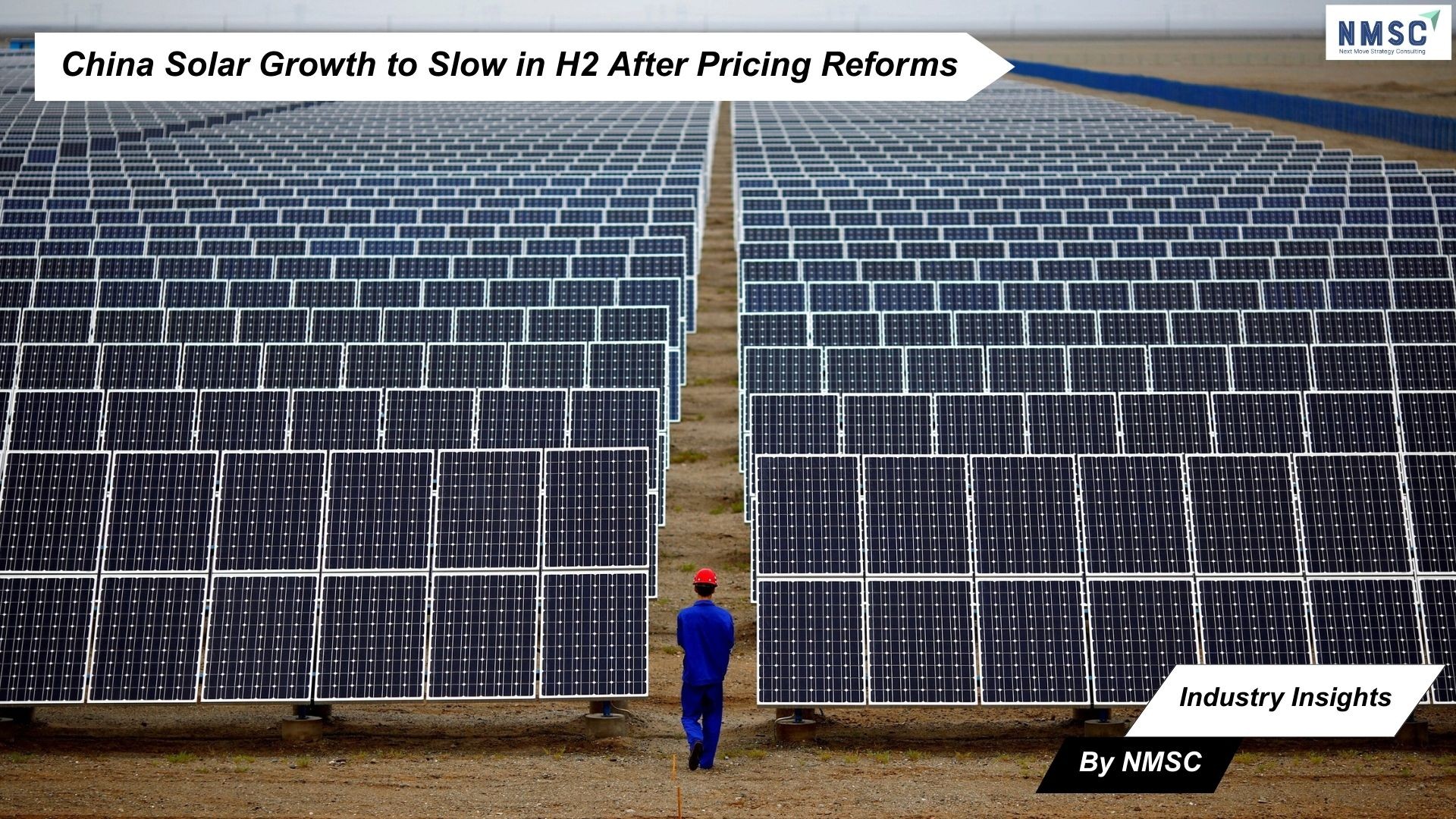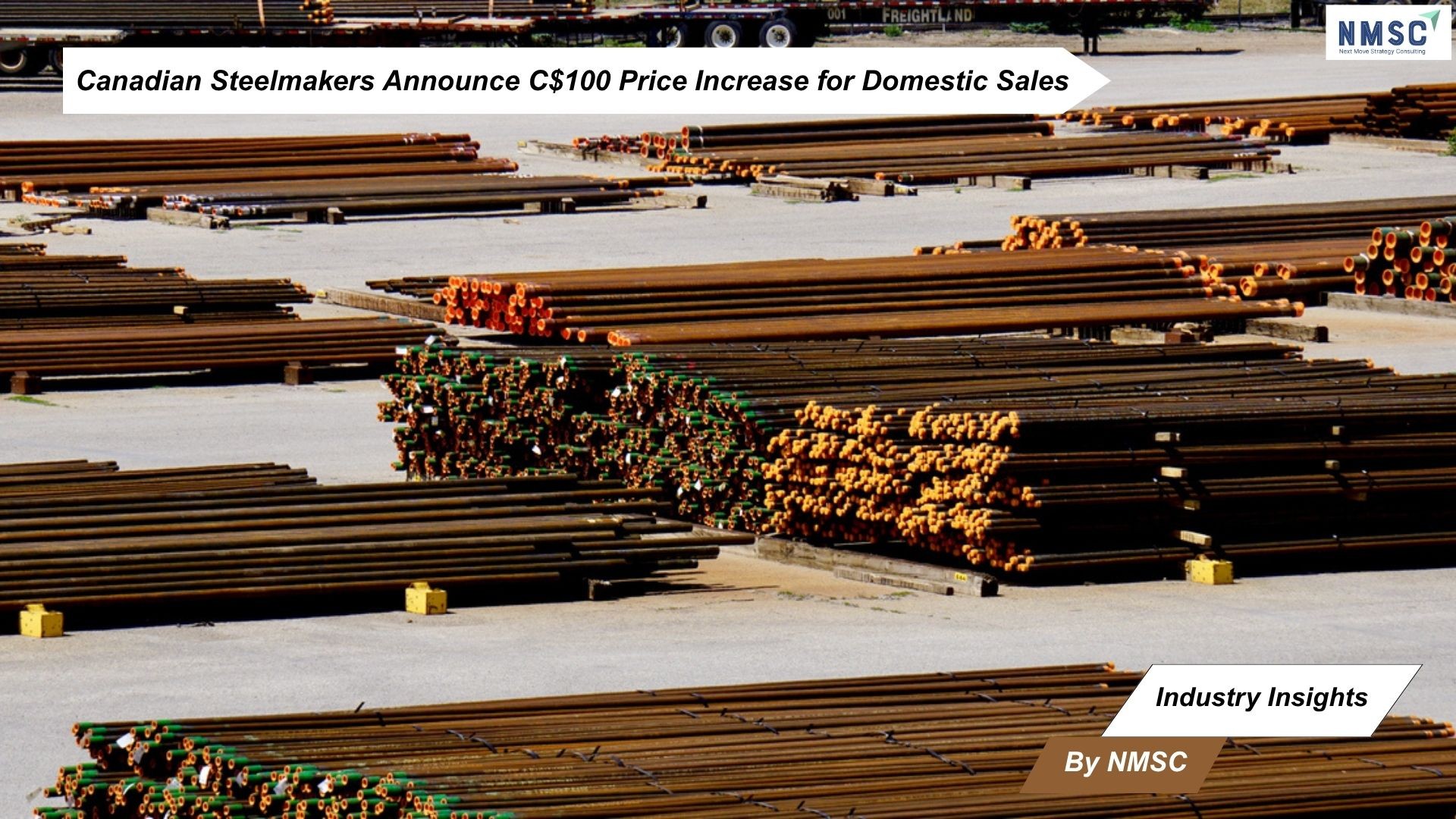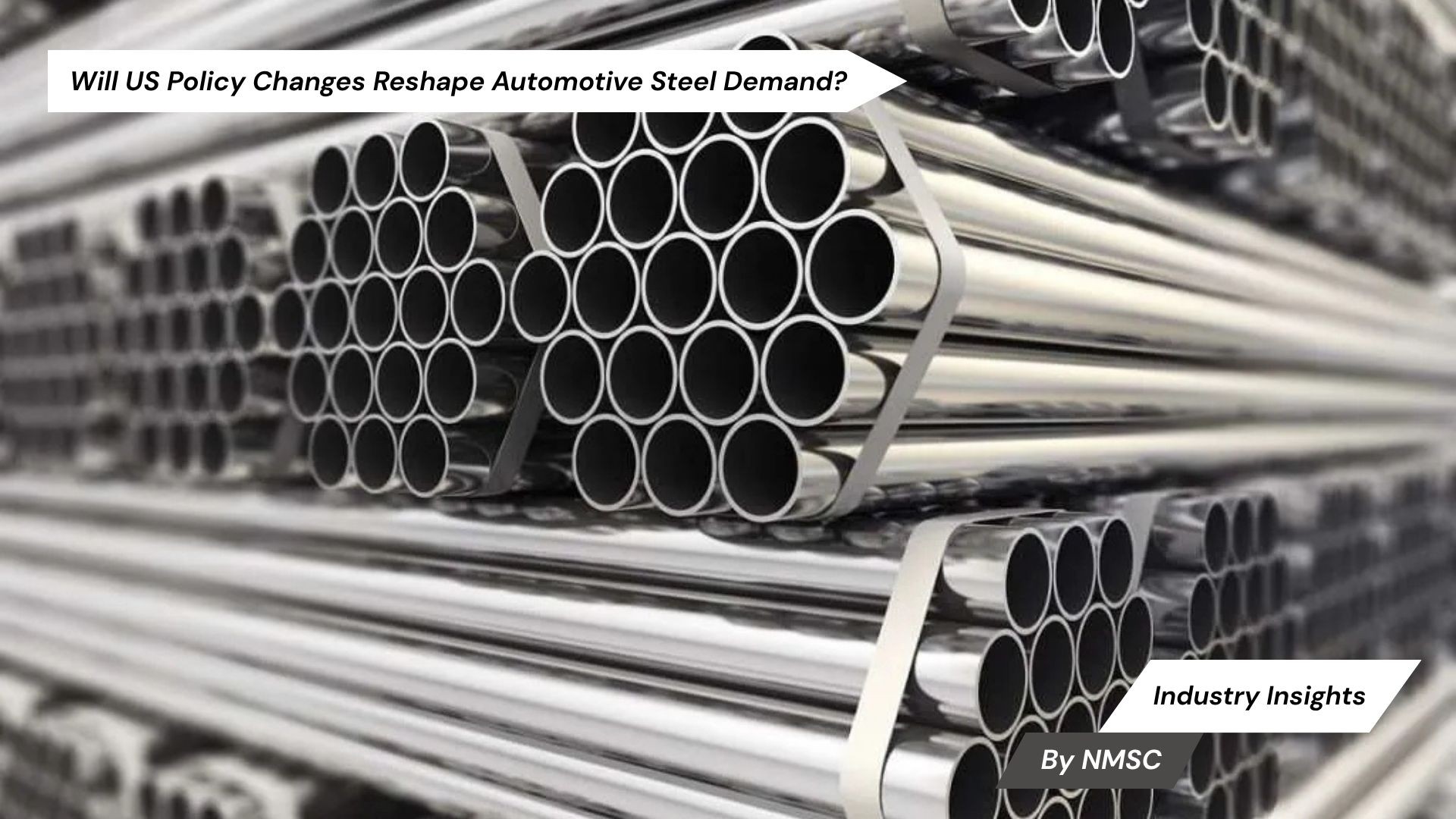China Solar Growth to Slow in H2 After Pricing Reforms
Published: 2025-08-14

Industry Insights from Next Move Strategy Consulting
China’s solar power capacity growth is expected to slow in the second half of 2025, as the removal of guaranteed pricing under recent reforms creates uncertainty for new project development.
The slowdown in growth of the world’s largest solar fleet deals another setback to solar manufacturers, who are already grappling with severe overcapacity and an intense price war.
China’s Solar Growth Faces Sharp Second-Half Slowdown
By June, China had installed 212 gigawatts of new solar capacity, according to the National Energy Administration — more than twice the additions recorded in the first half of 2024. However, analyst forecasts based on this figure indicate that capacity additions in the second half of 2025 are likely to be about half of last year’s levels.
China’s Solar Boom Faces Policy-Driven Slowdown
-
Record Surge in 2024: NEA data shows 175 GW of solar capacity was added in the second half of 2024, contributing to a record annual total of 277 GW.
-
Policy Shift in 2025: Power sector reforms removed the guaranteed rate of return for renewable projects, requiring projects built from June onward to sell power at market prices.
-
Investor Uncertainty: The removal of fixed pricing has created uncertainty over returns, with market mechanisms varying by province.
-
Front-Loaded Installations: To avoid the new rules, companies accelerated capacity additions in early 2025, leading to a surge of 93 GW in May.
-
Sharp June Decline: Installations dropped sharply to just 14 GW in June, according to NEA data.
Analyst Sees Short-Term Dip but Long-Term Stability in China’s Solar Installations
“All the projects were pushed to be completed before the final window that ensured virtually guaranteed revenue,” said Linda Zeng.
She expects annual additions to remain higher overall “due to the sheer scale achieved in the first half.” However, she noted that for the remaining months, additions may align with June’s pace, “which is not particularly high.” From 2026 onward, Zeng projects solar installations will stabilize at around 250 GW per year.
Conclusion
China’s solar sector faces a transitional phase in H2 (hydrogen) 2025, with growth momentum slowing after record-breaking early-year additions. While pricing reforms have created short-term uncertainty for investors and developers, industry analysts suggest the market will adapt, stabilizing at a robust annual installation pace from 2026 onward. This shift in H2 will likely test manufacturers’ resilience, but it also marks a step toward a more market-driven renewable energy landscape.
Source: https://www.reuters.com/
Prepared by: Next Move Strategy Consulting
















Add Comment